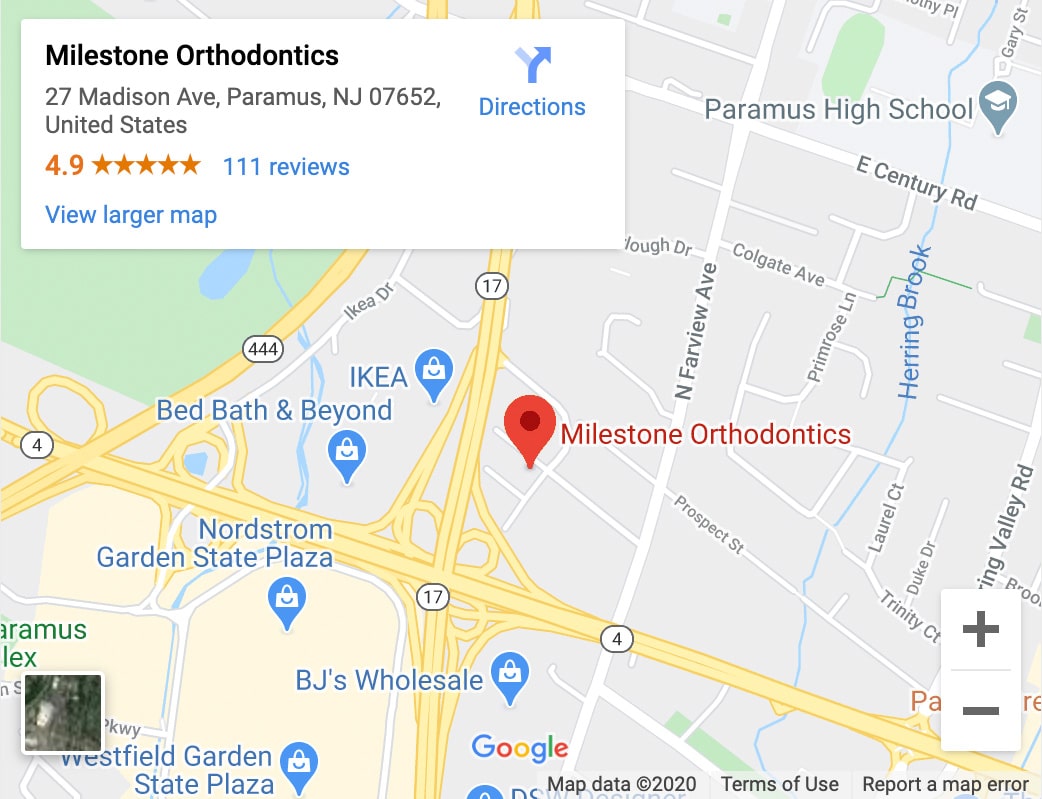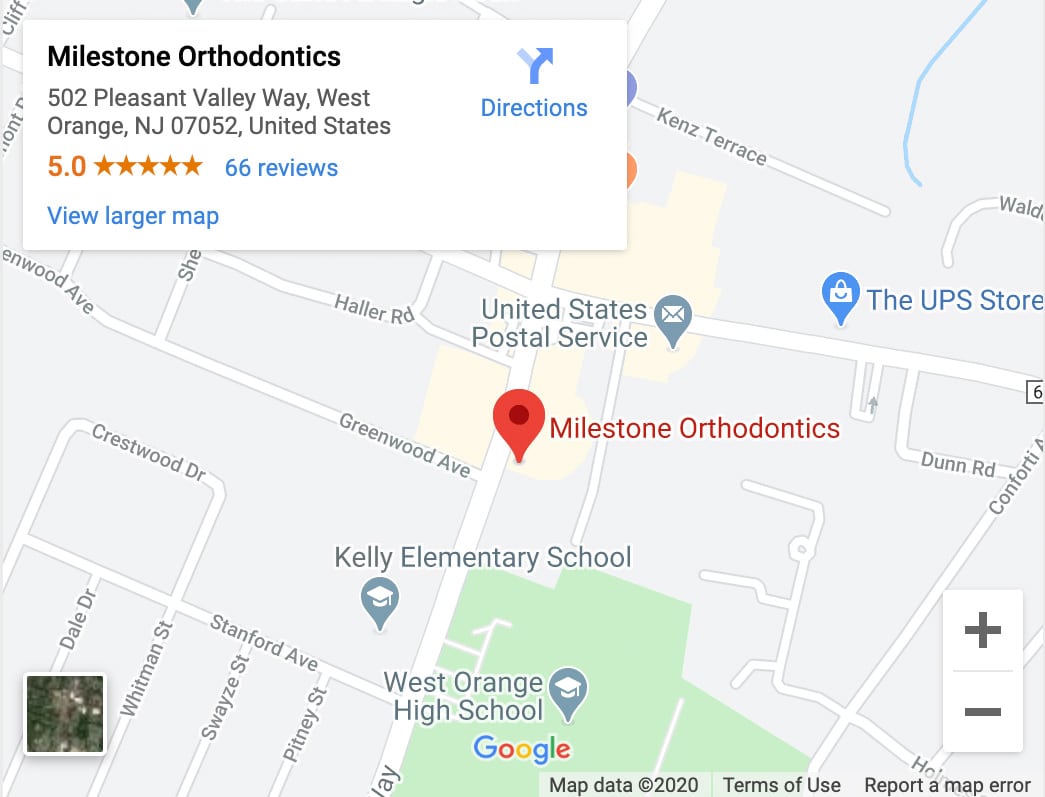Many people ask, “What Can Invisalign Fix?” when it is suggested as a potential treatment method by an orthodontist. When it was first developed, Invisalign® targeted people with minor smile imperfections. Unfortunately, many people still believe that Invisalign is not as good as traditional metal braces for correcting more complex problems. Today, the versatility of this almost invisible tray alignment is amazing.
Invisalign® 101 — Brushing Up on Invisalign Treatment
Invisalign entered the marketplace in 1999. As a new product with FDA approval, it quickly gained popularity because of the nearly invisible trays. People could wear braces without having a mouth full of metal. It was a roaring success.
In the beginning, it was only available for mild malocclusions. Many people were told that they were not good candidates for this new treatment. Align Technology, makers of Invisalign, wanted to appeal to a wider base and help more people.
Align continues to improve Invisalign and increase the scope of problems that the tray aligners can correct. Now, 22 years and many innovations and improvements later, Invisalign has straightened more than 11 million smiles.
SmartTrack Material
Invis® tray aligners are constructed using a special polymer called SmartTrack® material. Specially engineered, SmartTrack is the end result of eight years of research. After testing more than 260 products during the development stage, SmartTrack material went into use.
Using SmartTrack allows Invis to control tooth movement more effectively while providing great comfort. The tray aligners fit over teeth and precisely contour the gumline for comfort. The durability provides predictability for straightening teeth.
No other transparent tray aligners are made with this patented material. Only Invis offers the advantage of SmartTrack material.
SmartForce Attachments
The addition of SmartForce® attachments to the Invisalign lineup is another innovation with great benefits. These tiny, tooth-colored shapes allow doctors to use Invis on even more complex cases than before. The doctor can affix the shapes to teeth. Like tiny handles, they give the aligners additional force to push teeth into position.
Although not all patients will require SmartForce attachments, they can be very useful in assisting the movement of stubborn teeth. The attachments are tiny and, like the tray aligners, almost unnoticeable. Because they more forcefully direct tooth movement, they can aid in correcting even complex malocclusions.
The addition of SmartForce attachments helps your orthodontist guide the movement of your teeth with more precision.
How Invisalign Works
It starts with an initial consultation. The orthodontist will review your dental history, complete an oral examination, and review X-rays and digital images of your mouth. If you are a good candidate for Invisalign, they will develop a custom treatment plan for you.
Please seek a second consultation if you have been told that Invisalign would not work for you. There have been so many improvements in the technology and capabilities of Invisalign that it can be effective in almost every case.
When you begin treatment, you will receive several sequential sets of tray aligners. You begin by wearing the first set and will switch to the next set every two weeks. Patients should wear the trays for 20 to 22 hours each day. Patients can remove them for eating, drinking, and brushing their teeth.
View this post on Instagram
Although some minor problems make take as few as six months, the average treatment period is 12 to 18 months. Most people report seeing visible differences within a few weeks of beginning treatment, though.
What Can Invisalign Fix?
Rather than asking, “What can Invisalign Fix” perhaps we should be asking, “What can’t Invisalign Fix?”
Traditional braces work by creating tension using brackets and wires. The tension creates the force that pulls teeth into alignment. Invisalign uses gentle and constant pressure to push teeth into alignment. Although the results are similar, pushing rather than pulling makes Invis much more comfortable.
General Malocclusions
Minor alignment problems are a cinch with Invisalign. Maybe you had braces earlier in life and just need a touch-up. Perhaps you just don’t like your smile or you have a slight gap between your teeth.
Whatever the reason, Invisalign can correct general malocclusions easily.
Overbite
An overbite is when the top row of teeth closes over the lower row, causing an uneven bite. Severe overbites, also known as deep bites, can cause difficulty with biting and chewing. The problem can also contribute to uneven tooth wear and jaw pain.
Although in some instances, an orthodontist may opt to leave very slight overbites alone, many are correctable with Invisalign.
Underbite
With an underbite, the lower teeth jut out further than the upper teeth. The cause is often that the jaw is too far forward. The condition makes it difficult to chew and may cause speaking problems.
Although Invisalign can be effective in correcting many underbite problems, some may require a combination of orthognathic surgery before Invisalign.
Crossbite
People with a crossbite have a mixture of teeth from the upper and lower jaw sitting in front of or behind others. This condition can cause uneven tooth wear and chipping. It may also contribute to receding gumlines and bone loss.
Invisalign can be very useful in correcting a crossbite to align teeth and create a perfect smile.
Crowding
Crowding occurs when the jaw is not large enough for the adult teeth. It can cause the teeth to bunch up, grow crooked, and overlap. In some instances, this problem can be corrected with a palatal expander during Phase 1 Treatment.
Tooth crowding makes it difficult to brush and floss correctly. Plaque buildup, tartar, and bacteria can hide in unreachable nooks and crannies. This can accelerate tooth decay and cause gum disease.
Using Invisalign to correct crowding is a great way to obtain a great smile.
Gap Teeth
Although some people choose to leave a gap-tooth smile as a personal signature, many choose to close the gap. Having a gap can allow food particles to get stuck creating tender gums and even gum disease.
As one of the simplest orthodontic issues to correct, Invisalign makes short work of gap teeth!
Open Bite
An open bite occurs when the mouth is closed but teeth do not meet. This problem makes eating difficult, but it can be corrected with Invisalign.
View this post on Instagram
Contact Milestone Orthodontics to Explore Your Options
What can Invisalign fix? Almost everything! If you are ready to find out if Invisalign is right for you, contact Milestone Orthodontics. You can schedule your Complimentary Consultation online or call either of our offices:
Paramus office — (201) 806-6581
West Orange office — (973) 354-5597











